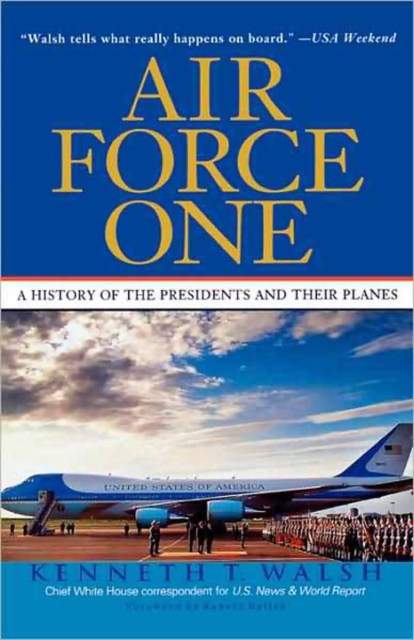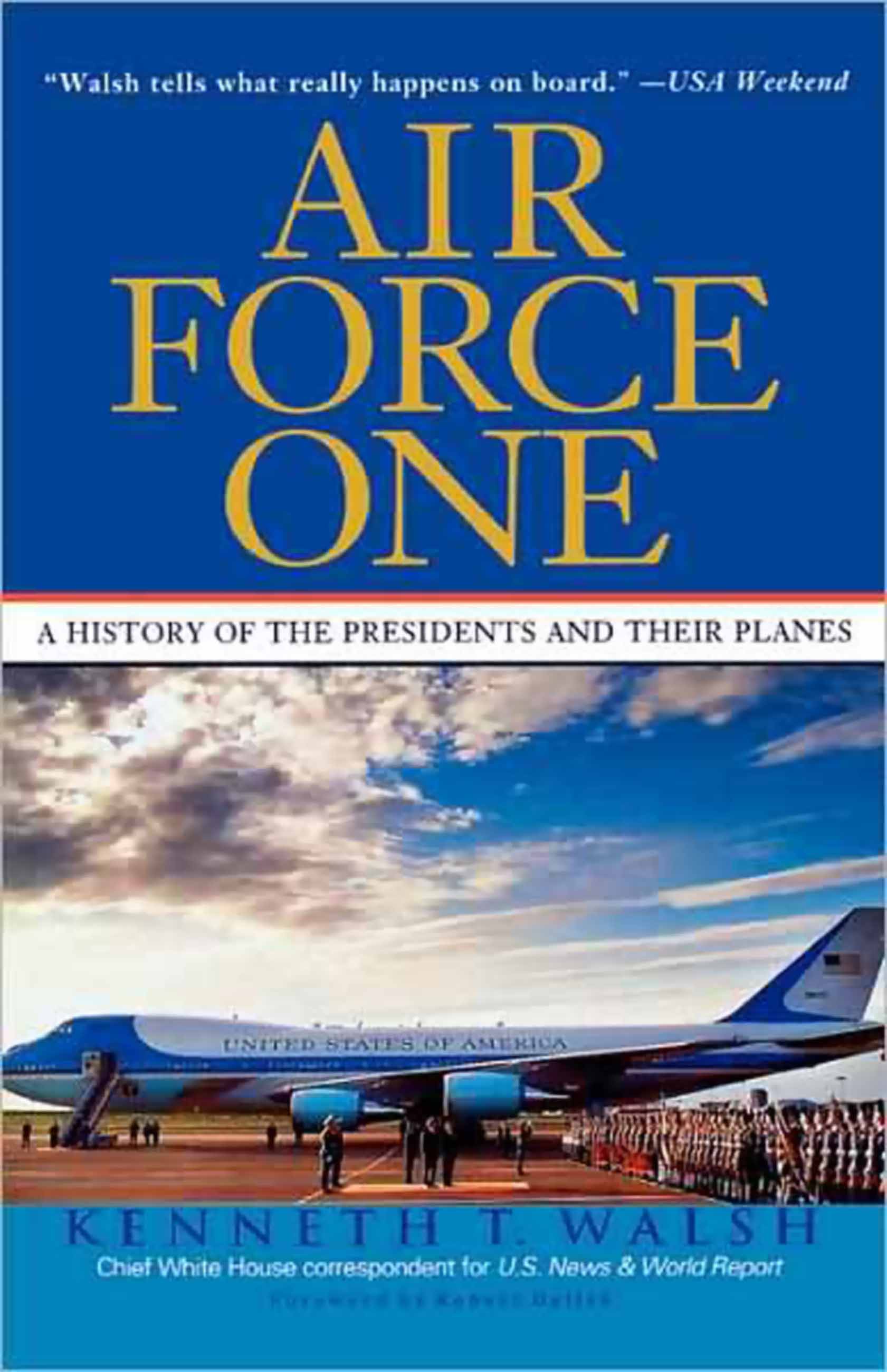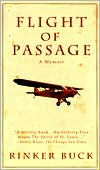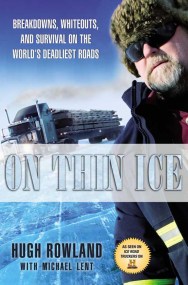Promotion
Use code MOM24 for 20% off site wide + free shipping over $45
Air Force One
A History of the Presidents and Their Planes
Contributors
Formats and Prices
Price
$9.99Price
$12.99 CADFormat
Format:
- ebook $9.99 $12.99 CAD
- Hardcover $26.00 $34.00 CAD
- Trade Paperback $21.99 $28.99 CAD
This item is a preorder. Your payment method will be charged immediately, and the product is expected to ship on or around May 14, 2003. This date is subject to change due to shipping delays beyond our control.
Also available from:
From FDR’s prop-driven Pan Am to the glimmering blue and white jumbo 747 on which George W. Bush travels, the president’s plane has captured the public’s awe and imagination, and is recognized around the world as a symbol of American power. In this unique book, Kenneth Walsh looks at the decisions that our last 12 presidents made on the plane; the personality traits and peccadilloes they revealed when their guard was down; and the way they each established a distinctive mood aboard that was a reflection of their times, as well as their individual personalities.
Based on interviews with four living presidents, scores of past and present White House officials, and staff and crew members of Air Force One, Walsh’s book reveals countless fascinating stories of life aboard the “flying White House.” It also features descriptions of the food, the decor, the bedrooms, the medical clinic, and much more–as well as remarkable photos of the planes (inside and out) and the presidents.
Genre:
- On Sale
- May 14, 2003
- Page Count
- 288 pages
- Publisher
- Hachette Books
- ISBN-13
- 9781401397913
Newsletter Signup
By clicking ‘Sign Up,’ I acknowledge that I have read and agree to Hachette Book Group’s Privacy Policy and Terms of Use






